BECOME A ROCKET SCIENTIST
WATER ROCKETRY 2.0
Bringing Rocketry to Students, Teachers and Enthusiasts. From testing rocket engines in your classroom to launching rockets with advanced parachute deployment mechanisms, we bring to you Water Rocketry 2.0 Flying model rockets is a relatively safe and inexpensive way for students to learn the basics of forces and the response of a vehicle to external forces. A model rocket is subjected to four forces in flight:
1- Weight, thrust, and
2- The aerodynamic forces- lift and drag.
There are many different types of model rockets. One of the first and simplest types of rocket that a student encounters is a bottle, or water rocket. Water Rockets are powered by a combination of water and air pressure instead of a chemical propellant. The pressure vessel, the engine of the rocket, is usually a used plastic soft drink or SODA bottle
The bottle is partially filled with water, and then inverted so the nozzle points towards the ground. The bottle is pressurized with air and then released. Water and air are used in combination, with the air providing a means to store potential energy, as it is easily compressed, and the water providing momentum when ejected from the rocket’s nozzle. With legal limitations and liabilities associated with use of gunpowder, limited access to hobby rocket engines in most countries, water rocketry provides the most inexpensive alternative.
KEY FEATURES
• System records real time data and uses an advanced analytical software to calculate rocket trajectory.
• Minimalistic launcher assembly.
• Automated control of the arming and launch procedures
• Enliven your classroom and fire up students’ imagination giving them an experience of pre-launch rocket testing like a NASA engineer.
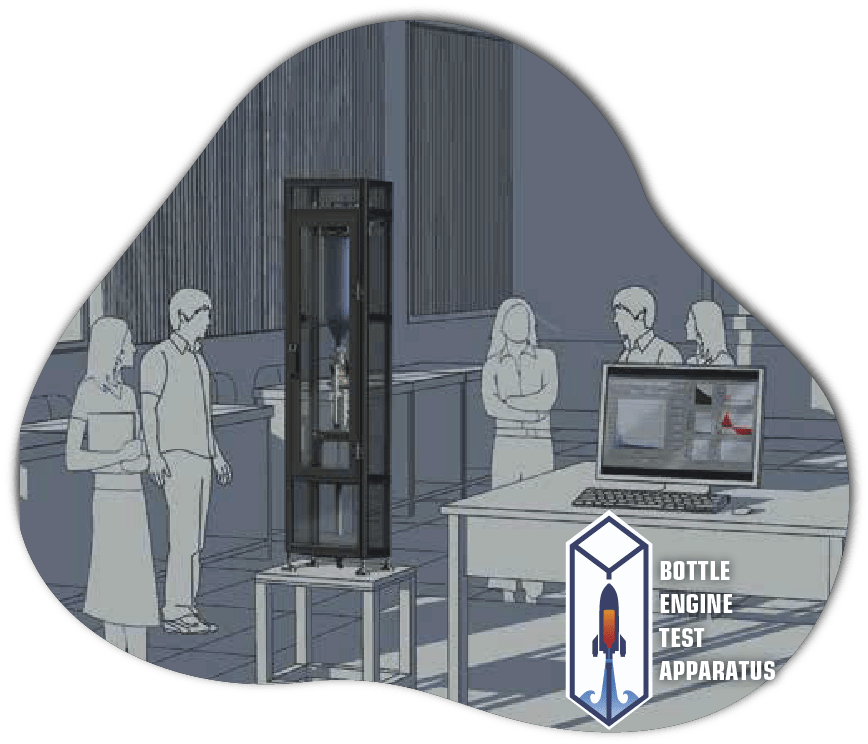
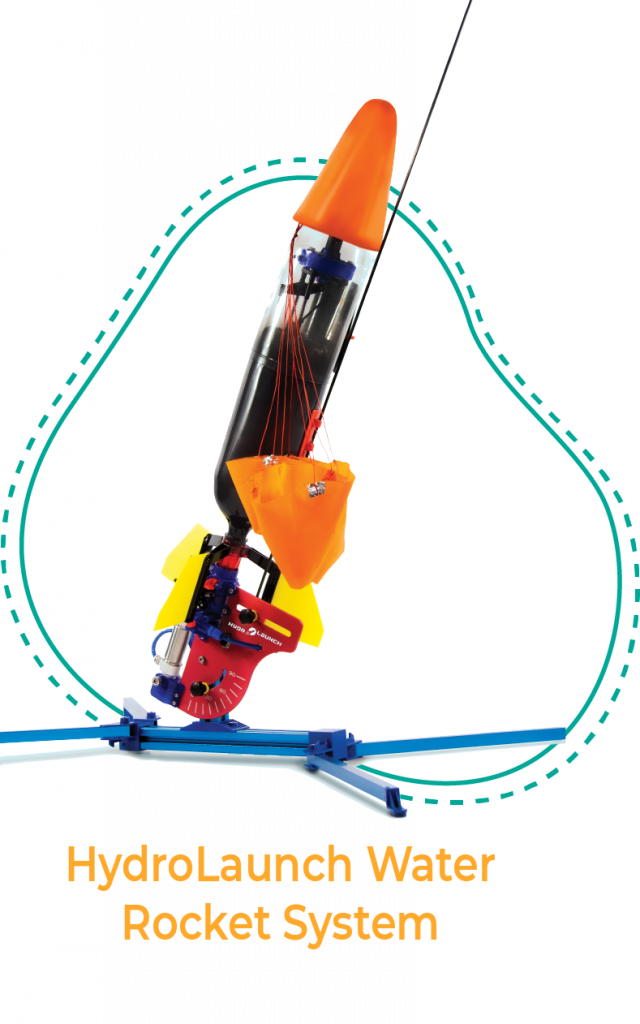
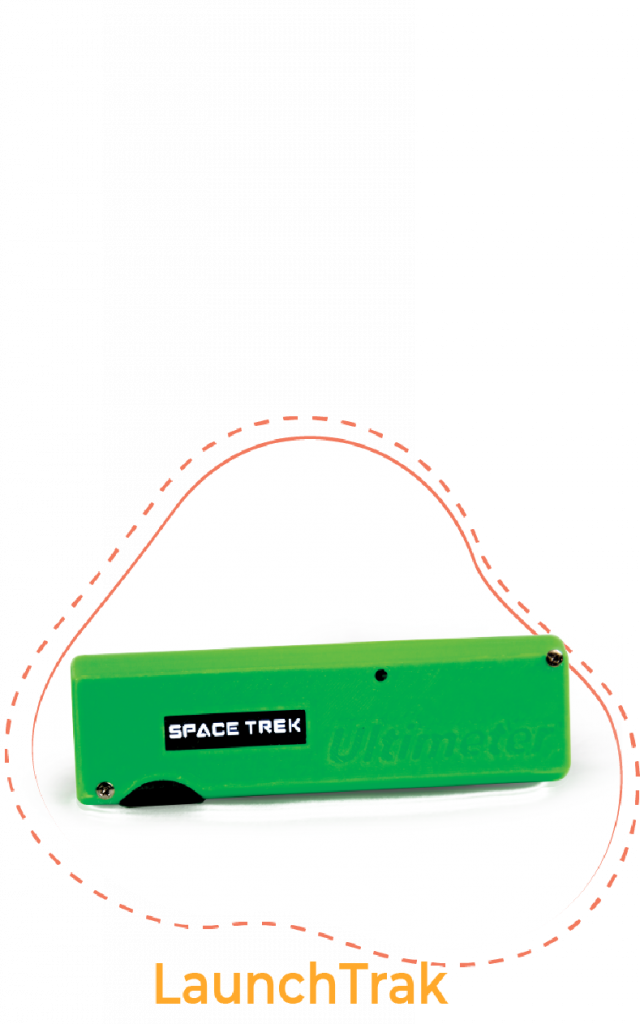
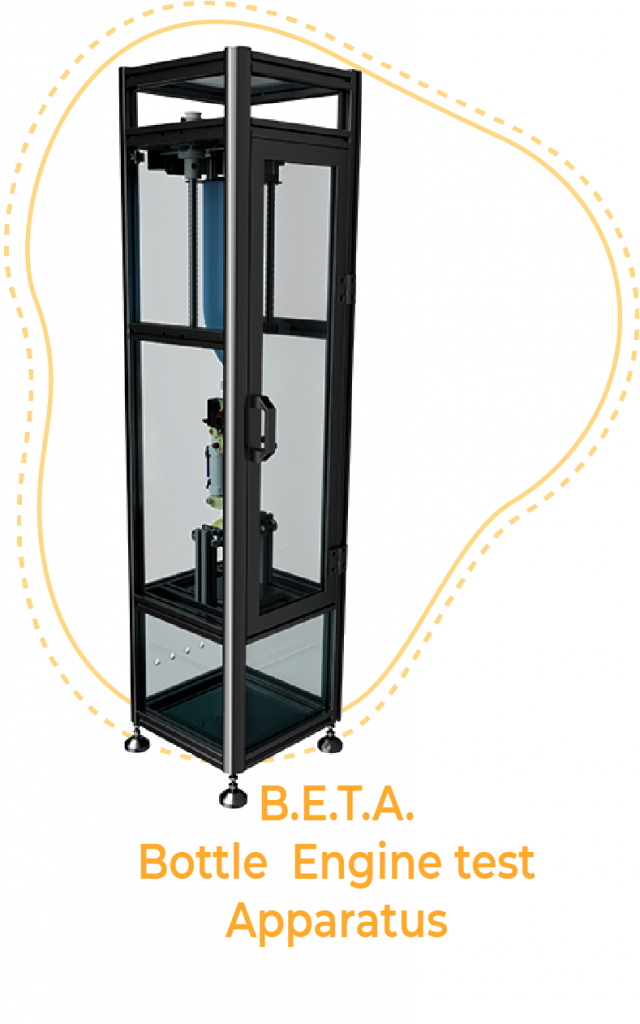
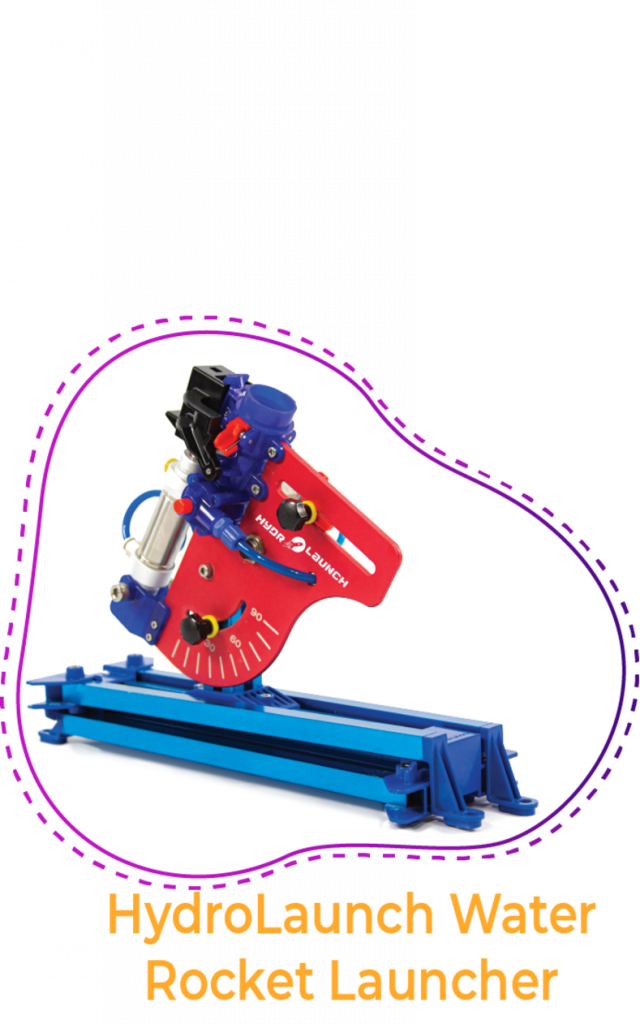
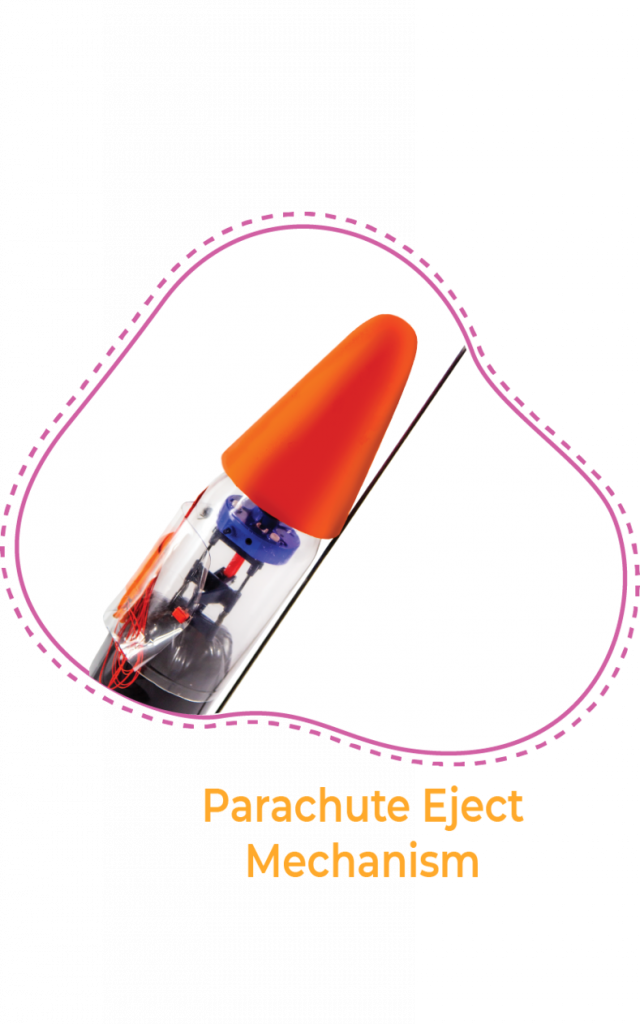

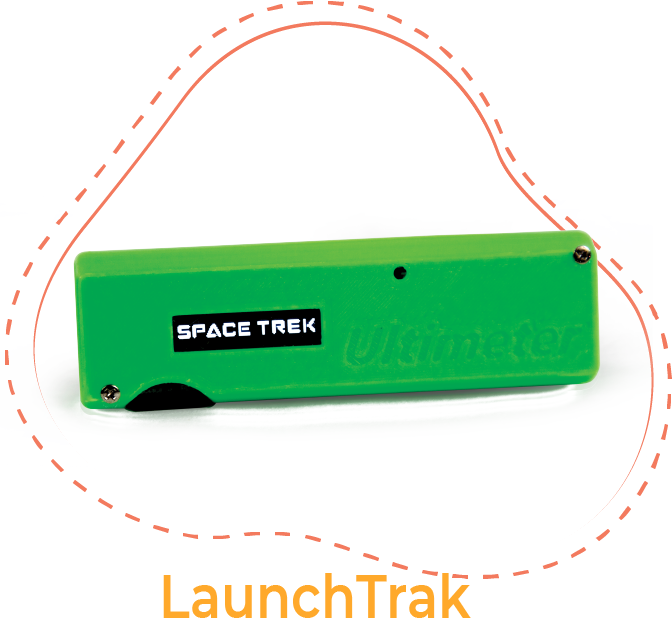
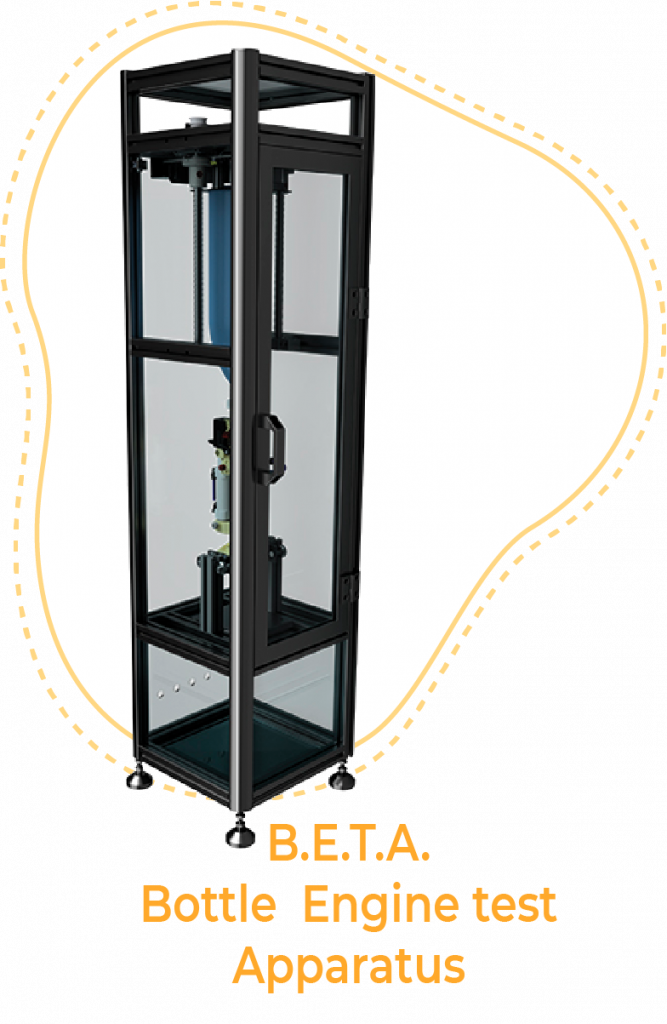
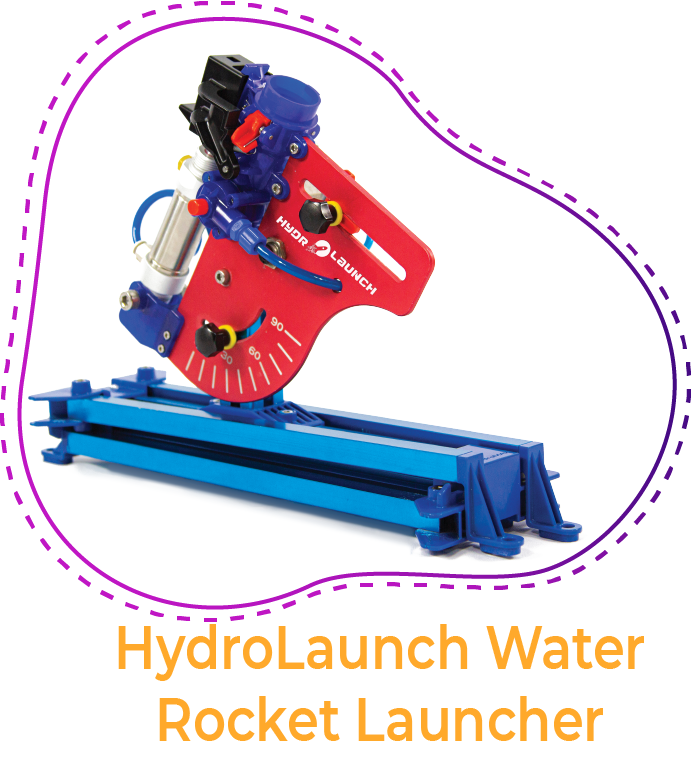
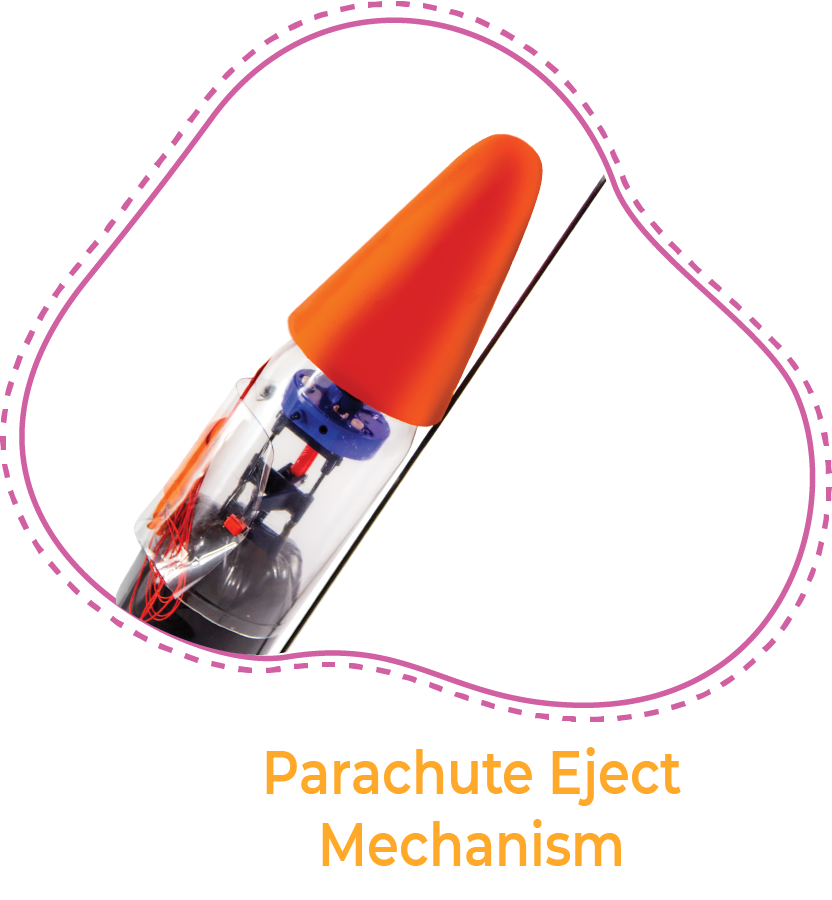
– System records real time data and uses an advanced analytical software to calculate rocket trajectory.
– Minimalistic launcher assembly.
– Automated control of the arming and launch procedures
– Enliven your classroom and fire up students’ imagination giving them an experience of pre-launch rocket testing like a NASA engineer.
